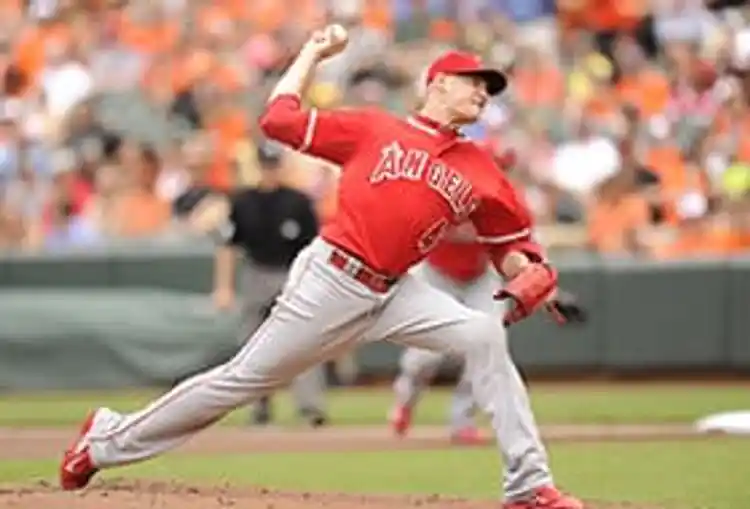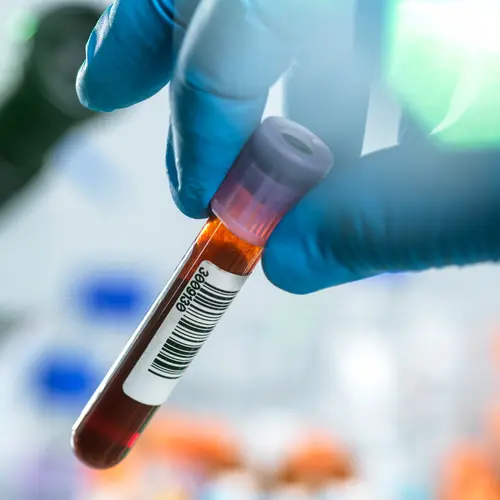Take a Knee: How to Get Past an Accident

Hide Video Transcript
Video Transcript
Michael Newsome, Physical Therapist: Athletes tend to push themselves at all levels. And sometimes you'll get really traumatic injuries, like a patellar tendon rupture, which can take a long time to recover from. Running, jumping, all those things rely on the patellar tendon. So basically every athletic endeavor you do, requires you to have an intact patellar tendon. The patellar tendon actually attaches to your kneecap, which is called the patella, and attaches down to your lower bone, the tibia here. And basically it's a tendon that's a part of the extensor mechanism that helps actually extend your knee. So you have your quadricep muscle group above it, which goes into a quad tendon, and into the kneecap here.
Spiro Karas, MD
You imagine now the force of the quadricep's tendon and the body weight of the athlete, all kind of coming down on to this very, very small area. It's a wonder we don't see more of these. MLB Announcer
And there as his cleat got caught, his knee bent as he got towards the base. Not a pretty sight to see that young man being taken off the field in a stretcher. Michael Newsome, PT
Normally, you don't think of a pitcher rupturing a patellar tendon from pitching, but an activity like covering first base, where they're sprinting over there, and putting the weight down on it. That's how you can rupture the patellar tendon, which he did. Elijah Staley, College Athlete
I tore my patellar tendon by, I think it was jumping ending basketball practice, trying to warm up. It was real scary, because it was my first time getting surgery, my first major injury. So I didn't really want to get surgery. I was scared. Spiro Karas, MD
Your best friend after a patellar tendon surgery is your physical therapist. We have a saying, pick your surgeon wisely, but pick your physical therapist even more wisely. Michael Newsome, PT
First phase is a protection phase, which happens right after surgery, usually goes six to eight weeks. A lot of the exercises they're doing, they're working on hip strengthening, core strengthening exercises, besides really just on working the knee. Phase two starts at six weeks. And so they get out of the brace, they start walking. We're trying to get them a more normal walking pattern. They'll get on the bike, and start working on motion initially. Michael Newsome, PT
And then they'll start building enendance up of the quadriceps muscle on the bike. And so now they can start real light body weight squats and those type things. Phase three is more functional stage. Usually around four months, they're able to start running. Once you get to the running stage, then you start doing what we call agility drills and light plyometrics, where they're landing and jumping exercises. And that progresses into their sports specific, so whatever sport they do, you start doing sport-specific drills at that point in time. Spiro Karas, MD
A professional athlete who makes his living utilizing that knee, we would expect him to have a good outcome. And he should expect to have a good outcome. And we really shouldn't be surprised when a guy like Garrett has such a good outcome. Elijah Staley
Now I'm hearing about people who came back from the injury, and are doing well, and producing, it gives me more hope to want to keep going hard and be able to do what I do. Spiro Karas, MD
The one thing we don't see very typically is repeat tears of the patellar tendon. The bad news is, you've had a patellar tendon tear. The good news is, if we can get you back to your previous level of play, it's unlikely that you'll retear it. 